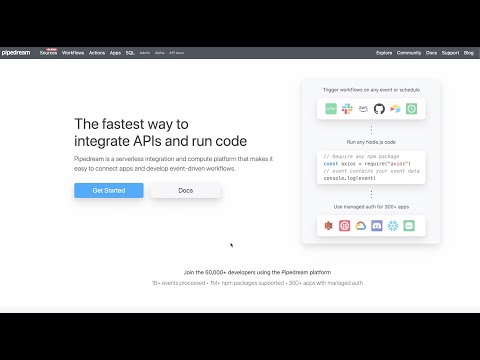What do you want to automate
with Bugsnag and PagerDuty?
Prompt, edit and deploy AI agents that connect to Bugsnag, PagerDuty and 3,000+ other apps in seconds.
Trusted by 1,000,000+ developers from startups to Fortune 500 companies
Popular Bugsnag and PagerDuty Triggers#
Emit new event when an existing error receives a new occurrence.
Emit new event each time a new user rotates onto an on-call rotation
Emit new event when a new release version is deployed to a selected project.
Emit new event each time an incident is created or updated
Popular Bugsnag and PagerDuty Actions#
Create a new project for a specific organization in Bugsnag. See the documentation
Find the user on call for a specific schedule. See the docs here
Update an the severity status of an error in Bugsnag. See the documentation
Overview of Bugsnag#
The Bugsnag API enables you to interact programmatically with Bugsnag data, letting you manage and access error reports, project settings, and release tracking for your applications. With Pipedream's integration, you can automate workflows that respond to new errors, aggregate error data for analysis, or synchronize error information with other tools in your development stack.
Connect Bugsnag#
import { axios } from "@pipedream/platform"
export default defineComponent({
props: {
bugsnag: {
type: "app",
app: "bugsnag",
}
},
async run({steps, $}) {
return await axios($, {
url: `https://api.bugsnag.com/user`,
headers: {
"Authorization": `token ${this.bugsnag.$auth.api_token}`,
},
})
},
})
Overview of PagerDuty#
The PagerDuty API offers a powerful interface to automate your digital operations management. By leveraging its capabilities on Pipedream, you can create workflows that respond to incidents, automate alerts, and synchronize incident data across various platforms. PagerDuty's API enables you to manage services, teams, and incidents, ensuring that your systems remain operational and that the right people are notified at the right time.
Connect PagerDuty#
import { axios } from "@pipedream/platform"
export default defineComponent({
props: {
pagerduty: {
type: "app",
app: "pagerduty",
}
},
async run({steps, $}) {
return await axios($, {
url: `https://api.pagerduty.com/users/me`,
headers: {
Authorization: `Bearer ${this.pagerduty.$auth.oauth_access_token}`,
"Accept": `application/vnd.pagerduty+json;version=2`,
},
})
},
})
Related Videos#
